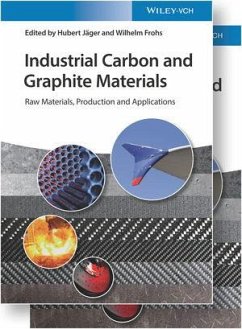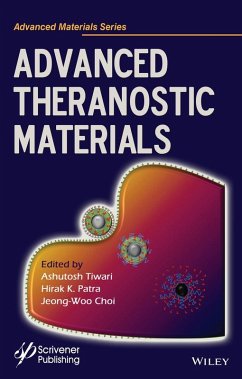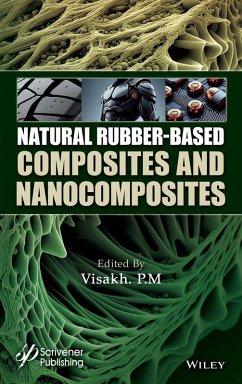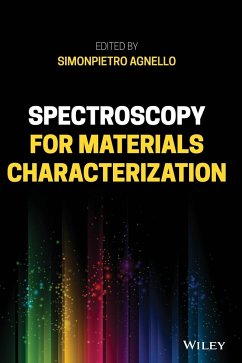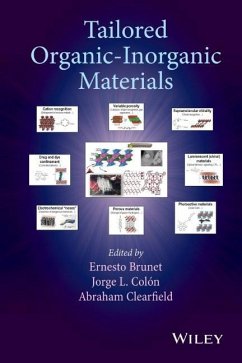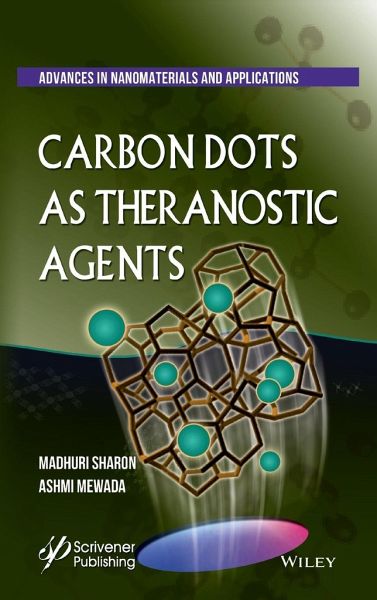
Carbon Dots as Theranostic Agents

PAYBACK Punkte
93 °P sammeln!
This book introducing all researchers and students who are interested in pursuing their research in the field of application of carbon dots in health care especially as a theranostic agent. It focuses on the fundamental understanding along with the applications of this unique fluorescent nanobiomachine, the Carbon Dot. The book begins with the explanation that carbon dots fall between the usual daily macro or bulk physics and the quantum mechanics and covers their unique properties like quantum mechanics and quantum confinement. It then encompasses the domain of various physical, chemical and ...
This book introducing all researchers and students who are interested in pursuing their research in the field of application of carbon dots in health care especially as a theranostic agent. It focuses on the fundamental understanding along with the applications of this unique fluorescent nanobiomachine, the Carbon Dot. The book begins with the explanation that carbon dots fall between the usual daily macro or bulk physics and the quantum mechanics and covers their unique properties like quantum mechanics and quantum confinement. It then encompasses the domain of various physical, chemical and biological methods that efficiently synthesizes the carbon dots and their desired properties. The basic characterization techniques used for carbon dots is also covered in this book. Conjugation of carbon dots with different moieties is another aspect that enhances its applications, hence this is highlighted too. The final attributes of this book is that how to maneuver the carbon dots for their use in targeted drug delivery with emphasis on cancer and neurodegenerative disease as well as cellular imaging and diagnostics. One of the unique features of this book is that it has looked into the use of carbon dots to act as a nanofertilizer, as a drug/antibiotic delivery vehicle to diseased plants through foliar application.





